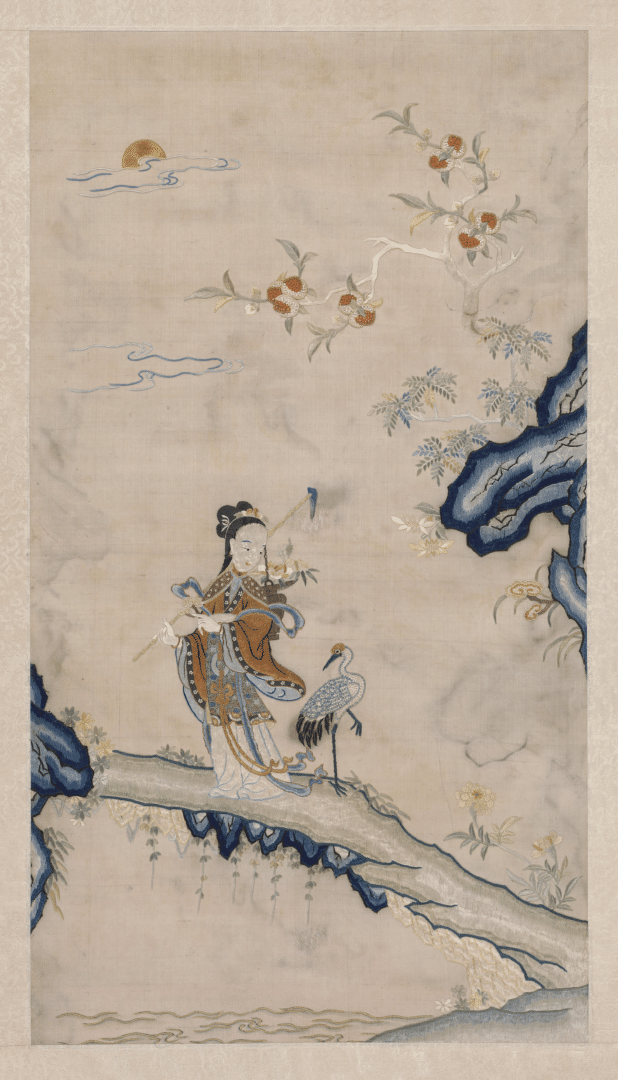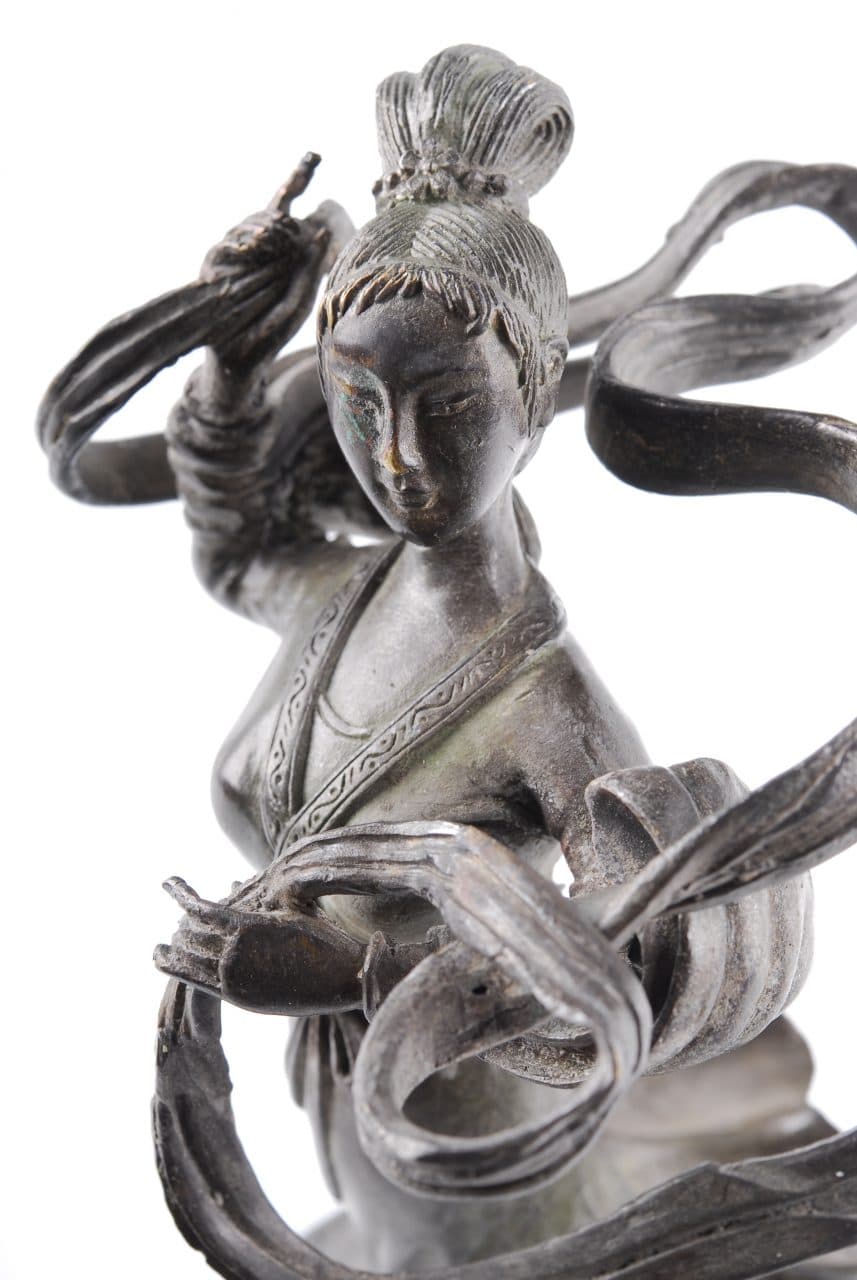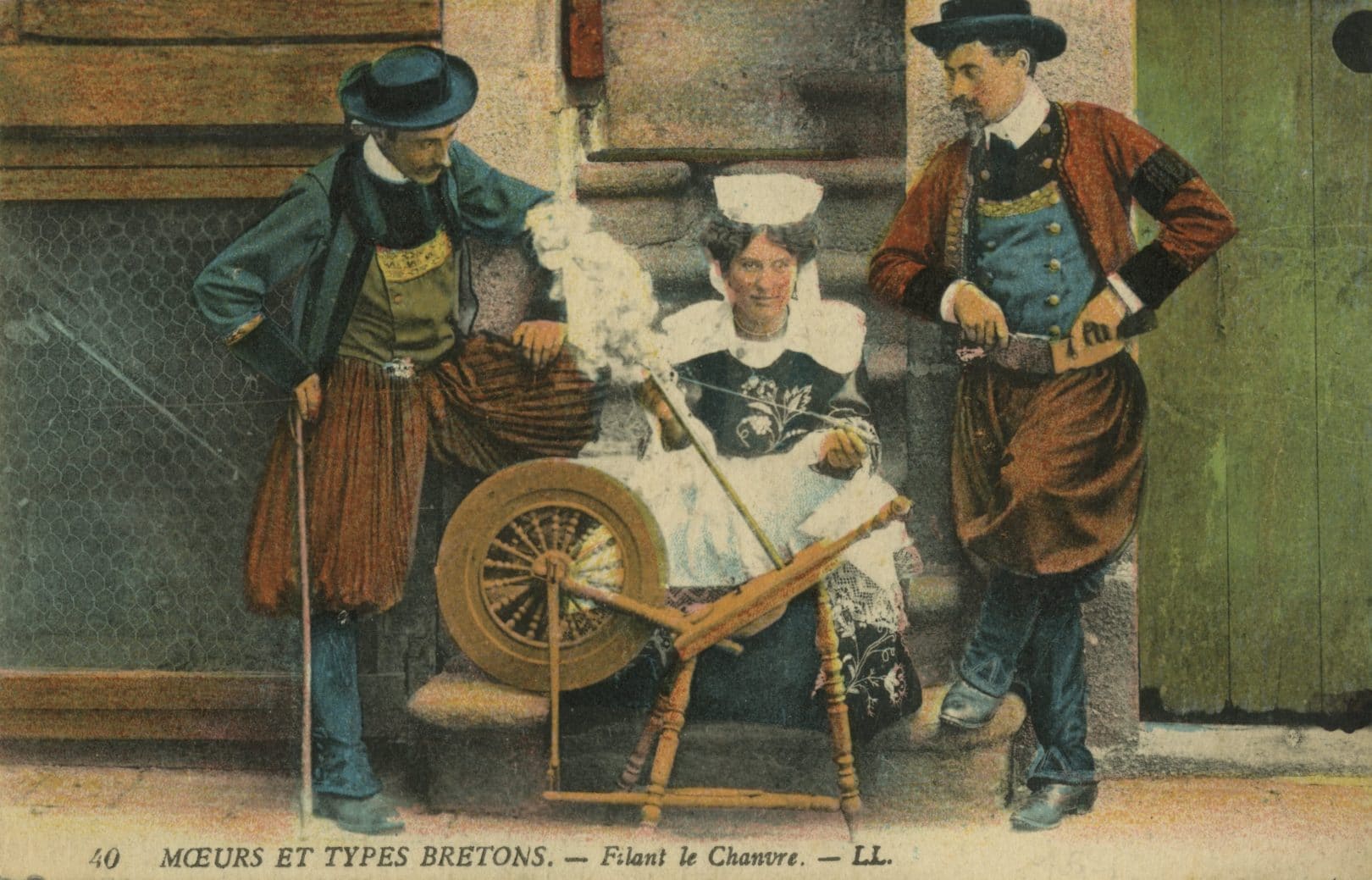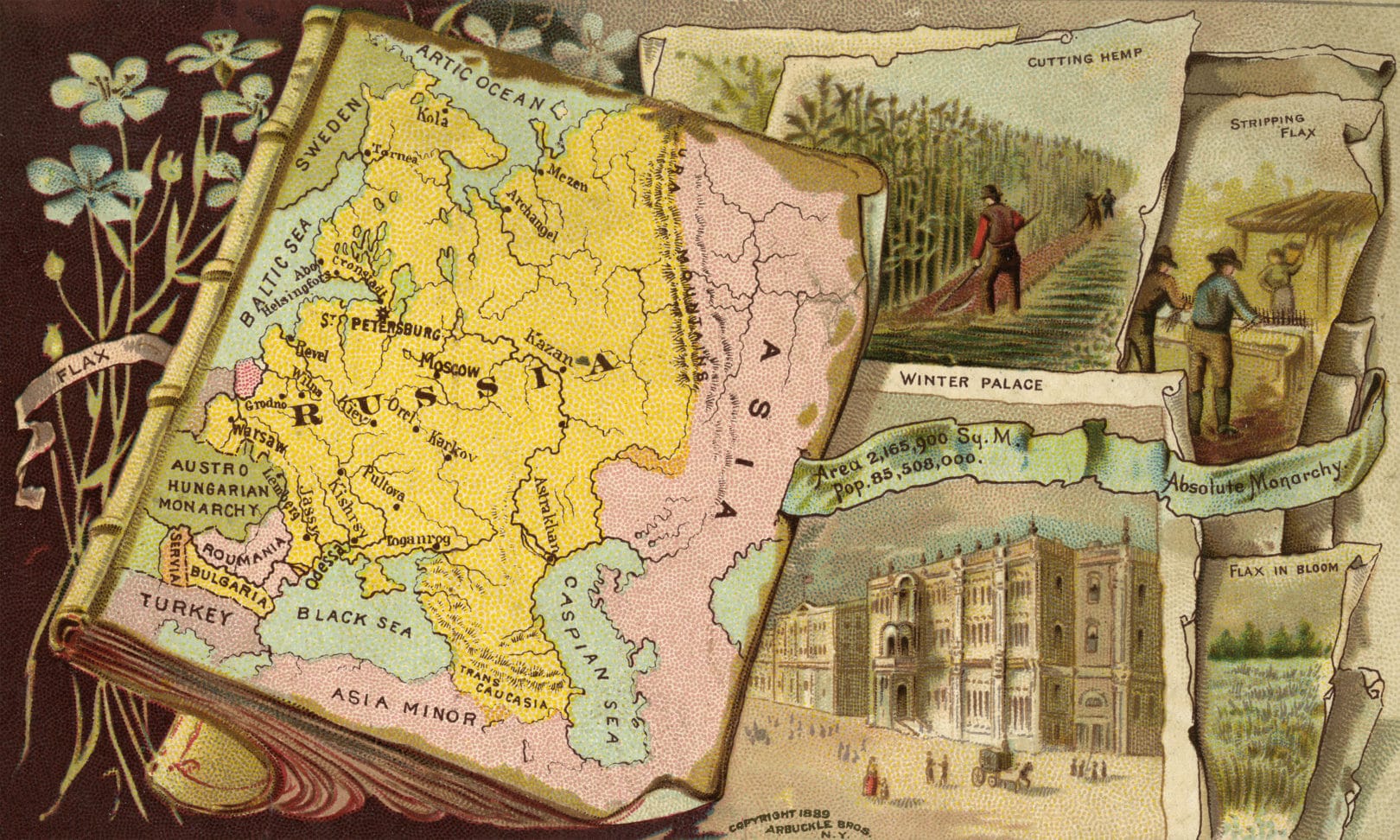
Historic Hemp Culture
Cannabis was (and is) a sacred plant for many people and has historically been used in religious ceremonies in many cultures.

20th century statuette of Ma Gu (‘Hemp Maiden’), the Taoist goddess of hemp.


20th century statuette of Ma Gu (‘Hemp Maiden’), the Taoist goddess of hemp.

© Floris Leeuwenberg
The use of cannabis a religious sacrament predates written history and evidence of its place as a sacred plant can be found in most ancient religions, including Buddhism, Shintoism, Sufism and Christianity; and among the Bantu, Pygmy, Zulu and Hottentot tribes of Africa. Several modern religions still practice the ceremonial consumption of psychoactive cannabis, for example Rastafari, while others consider it holy due to its many other properties, revering it as a symbol of strength, purity or wellness.
Thanks to the cultivation of hemp, people were able to stop wearing animal hides and switch to clothing made of woven fabrics. Various items of clothing and fabric, ranging from sandals and ritual robes to bandages and carpets, have been found on archaeological digs. First, the long, strong plant fibres were twisted into simple twine; in turn, strands of twine were plaited together to make stronger ropes. Cross-weaving allowed ropes to be made into nets for fishing and hunting. As weaving technology developed, finer and finer meshes became possible, until the net finally developed into true woven cloth.
Check out these collection items

This postcard is an engaging testimony to the long history of hemp in France.

Since the eighteenth century, Russia was the largest hemp producer in the world.

Hemp for Victory is a short propaganda film by the United States Department of Agriculture from 1942.
Sign up to get the latest news about the museum, upcoming exhibitions and events.
Oudezijds Achterburgwal 148
+31 (0)20-6248926
amsterdam@hashmuseum.com
Monday to Thursday: 12:00 – 20:00
Friday to Sunday: 10:00 - 22:00
More information
Carrer Ample 35
+34 93 319 75 39
barcelona@hashmuseum.com
Every day: 11:00 – 20:00
More information
© 1987 - 2025 Hash Marihuana & Hemp Museum. All Rights Reserved. CSS Status 404